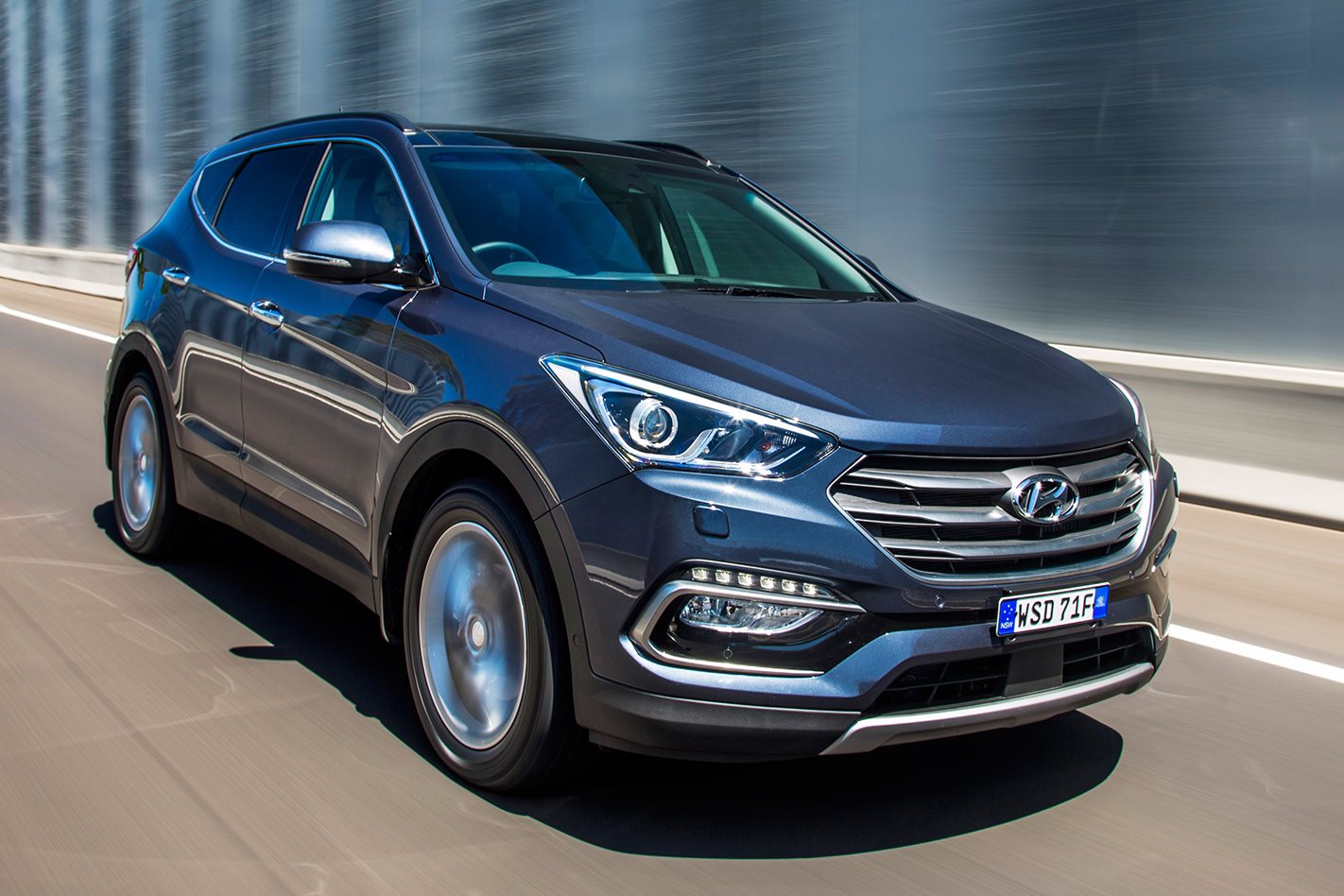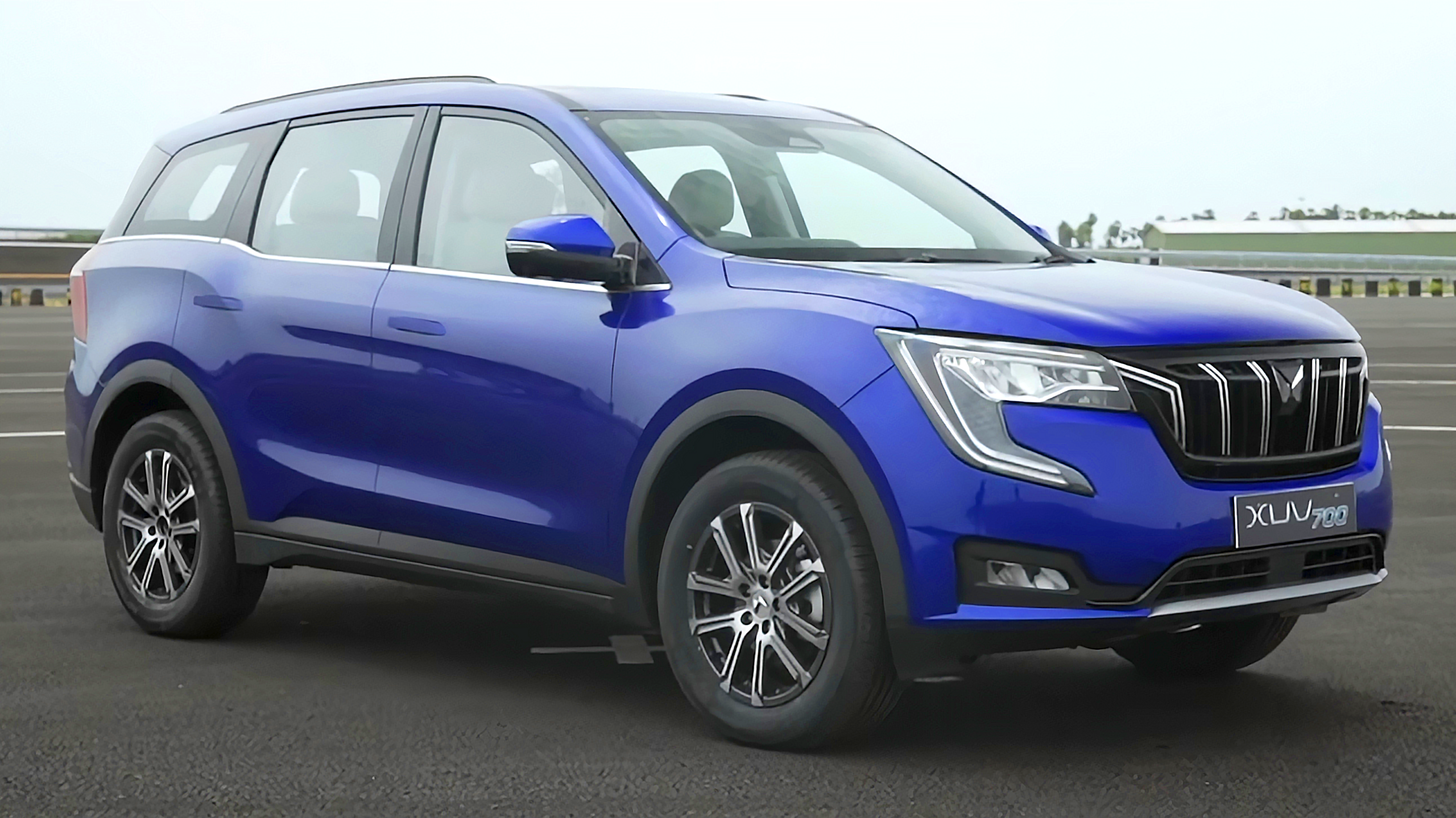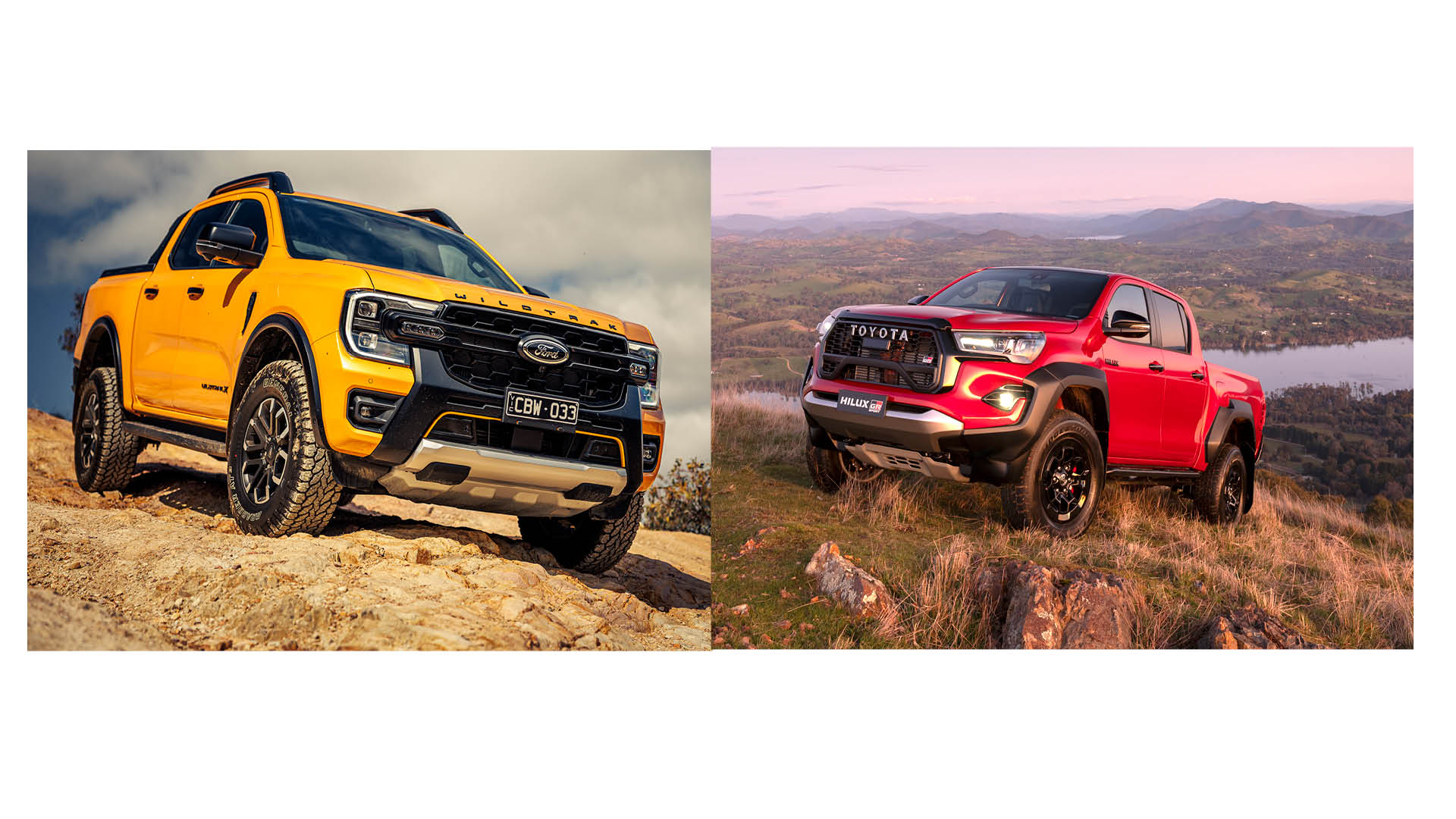Hyundai has brought a clutch of driver aids to its popular Santa Fe seven-seat SUV, and retuned the diesel engine.
WHAT IS IT? A gentle facelift of the seven-seat Santa Fe, which brings more equipment, minor revisions to the local suspension tune, and a hefty $2750 price increase for the top-spec Highlander that accounts for almost half of Santa Fe sales.
WHY WE’RE TESTING IT A 59 percent sales increase since the 2012 launch of the current generation Santa Fe confirms Hyundai’s move from a value brand to a broad-based mainstream car maker. Is it worth $10k more than the new Tucson?
MAIN RIVALS Loads of new rivals – Toyota Kluger, Kia Sorento and Nissan Pathfinder – plus one ageing, but still surprisingly competitive, rival in the Ford Territory.
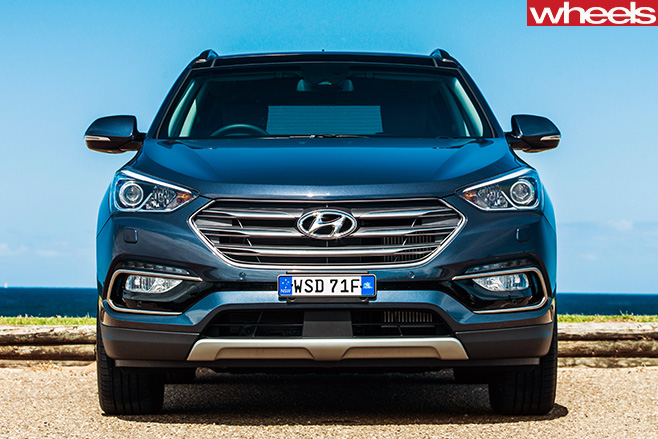
PLUS: refined drivetrain; premium level equipment MINUS: Touch screen difficult to read; steering wheel needs wider adjustment; slow responses for anything electric
THE WHEELS REVIEW HOW MANY people who buy seven-seat SUVs really care how they drive? The family customer’s priorities are elsewhere, centred on safety rather than steering precision. Spaciousness is desired over responsive handling, and fulsome equipment is preferred to spirited performance.
Thing is the Santa Fe fulfils both roles. Not brilliantly, but rather better than you might expect, in a further sign that the Koreans are increasingly building globally competitive vehicles. The facelifted model, intended to bring the styling into line with the new Tucson (to such an extent that it’s hard to tell them apart when viewed in isolation), brings enough improvement to make this a worthwhile update.
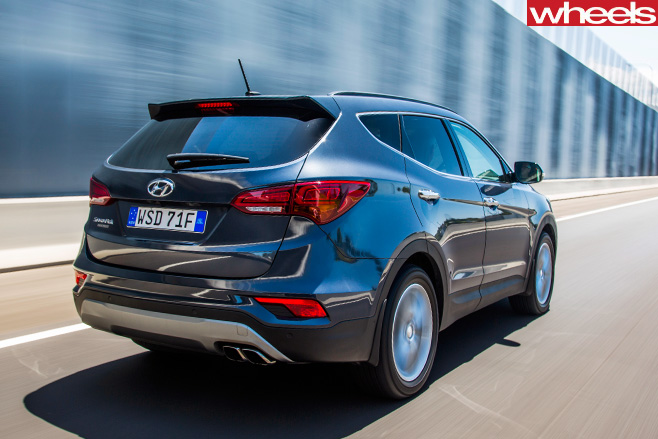
Active safety gets a significant boost on the top Highlander and the upcoming SR (Brembo brakes, black OZ wheels, stiffer springs and dampers, a body kit, but no extra urge from the diesel): auto emergency braking (AEB), an excellent adaptive cruise control, forward collision and blind-spot alerts, and rear cross traffic alert with lane change assist. The existing auto parking function has been expanded to include 90 degree parks, and new exit guidance for parallel spots.
However these added safety features can’t be optioned on the two lesser grades, surely one reason the Highlander sells so well. The base Active remains at $38,490, with the six-speed auto adding $2500, and the diesel drivetrain a further $3000. The diesel auto-only Elite rises by $1500 to $49,990, justified by the inclusion of premium audio and electric driver’s seat adjustment with memory. All Santa Fe variants now get Apple CarPlay and Android Auto smartphone integration, though Hyundai admits they are still waiting for Apple certification.
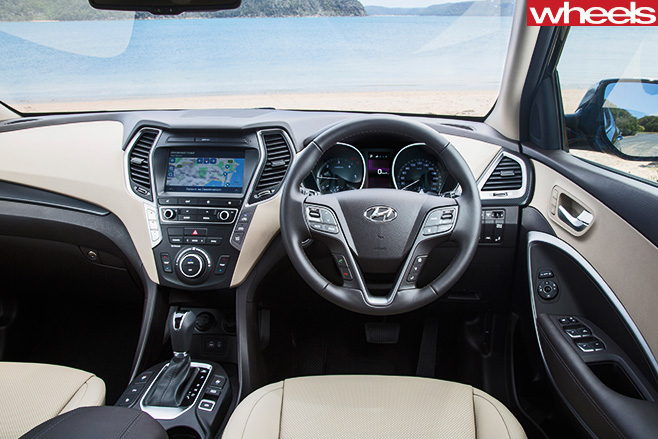
A mild retune of the 2.2-litre direct injection diesel adds an extra 2kW/4Nm, and delivers a 0.4L/100km improvement to the combined fuel consumption figure, now 7.7L/100km. Not bad for a vehicle that tips the scales at 1984kg. The diesel is smooth and refined, though the mass clearly limits performance. The fluent shifting, in-house automatic perfectly suits the character of the car.
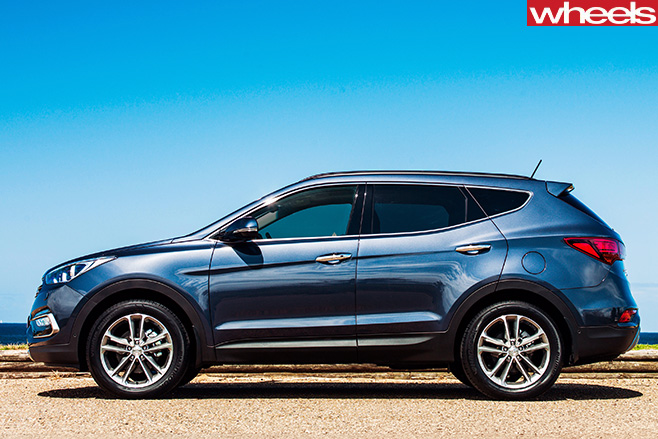
True to its purpose, the Santa Fe ignores any pretensions of sportiness. Better to enjoy the Hyundai’s high quality finish, spacious interior (at least for the first two rows) and premium equipment. However, unless you need two child seats it’s hard not to see the Tucson stealing sales from its bigger sibling.
SPECS Model: Hyundai Santa Fe Highlander CRDi Engine: 2199cc, 4cyl, dohc, 16v, turbodiesel Max power: 147kW @ 3800rpm Max torque: 440Nm @ 1750-2750rpm Transmission: 6-spd auto Kerb weight: 1984kg 0-100km/h: 10.1sec Fuel economy: 7.7l/100km (claim) Price: $55,990 On sale: Now
Click here to read the full range review of the Hyundai Santa Fe.

